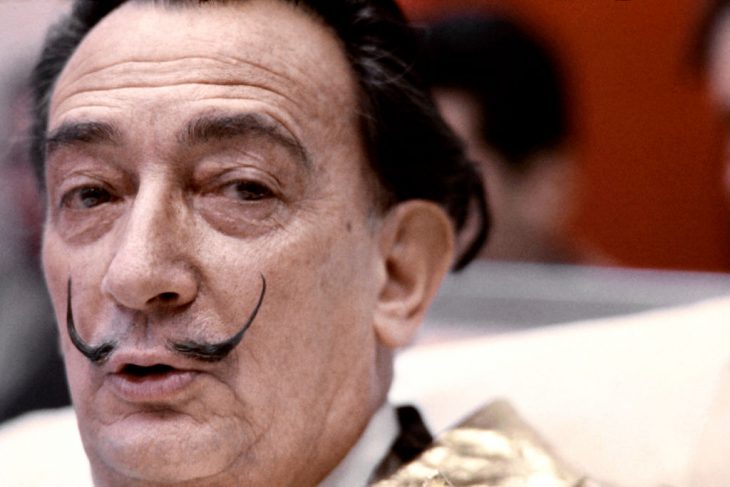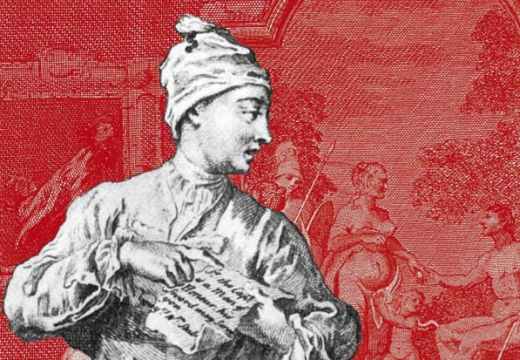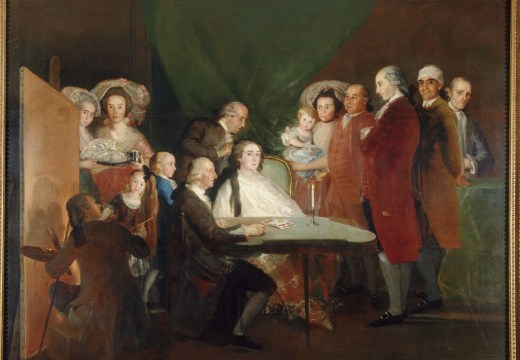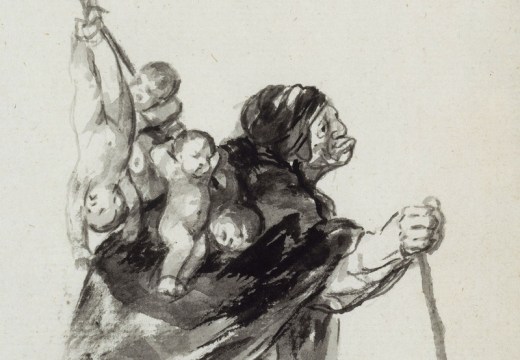Introducing Rakewell, Apollo’s wandering eye on the art world. Look out for regular posts taking a rakish perspective on art and museum stories.
To Figueres, Spain, where a psychic has made headway of sorts her effort to prove that she is the illegitimate daughter of local hero Salvador Dalí. Last month, a judge in Madrid ordered the artist’s mortal remains be exhumed in order to subject them to DNA testing: it is, he reasoned, the only way of properly assessing whether tarot card reader and astrologist Pilar Abel’s claims have any substance. DNA samples will be taken for testing from Dalí’s bones and teeth – after which Abel, who claims she is the product of an affair between her mother and the artist, will know whether she is entitled to a slice of his fortune.
Dalí is far from the first artist to be raised from the ground. Goya, who died in exile in Bordeaux in 1828, was dug up from the Carthusian cemetery there in 1899 and, in 1919, reinterred at the Royal Chapel of St Anthony of La Florida in Madrid, where he remains to this day. Mark Rothko’s remains were dug up from a cemetery in Long Island and moved to a grander plot in Westchester 38 years after he was first laid to rest.
But this is nothing compared to the saga of Leonardo’s (presumed) burial place at the Château d’Amboise in the Loire Valley. The church in which he was initially interred was destroyed during the French Revolution, and in 1874 his remains were transferred to another chapel on the site. There he lay until 2010, when the ‘art detective’ Silvano Vinceti lobbied to have him dug up for DNA testing. Thankfully, he was refused permission.
Altogether stranger is the case of French artist Adrien Poincheval, who simply could not wait until he had shuffled off this mortal coil before being exhumed. In 2012, Poincheval had himself buried under a rock in Marseille, where he stayed for seven days. ‘It was pretty magical when the stone was lifted and I was again struck by the outside, the reality above ground,’ he said once released from his premature tomb. ‘It was a real trip, not of a cosmonaut but rather of a “terronaut” […] the conscious and unconscious mixed, it was pretty incredible’. What would Dalí have made of him?
Got a story for Rakewell? Get in touch at rakewell@apollomag.com or via @Rakewelltweets.
Unlimited access from just $16 every 3 months
Subscribe to get unlimited and exclusive access to the top art stories, interviews and exhibition reviews.














![Masterpiece [Re]discovery 2022. Photo: Ben Fisher Photography, courtesy of Masterpiece London](http://www.apollo-magazine.com/wp-content/uploads/2022/07/MPL2022_4263.jpg)
It’s time for the government of London to return to its rightful home